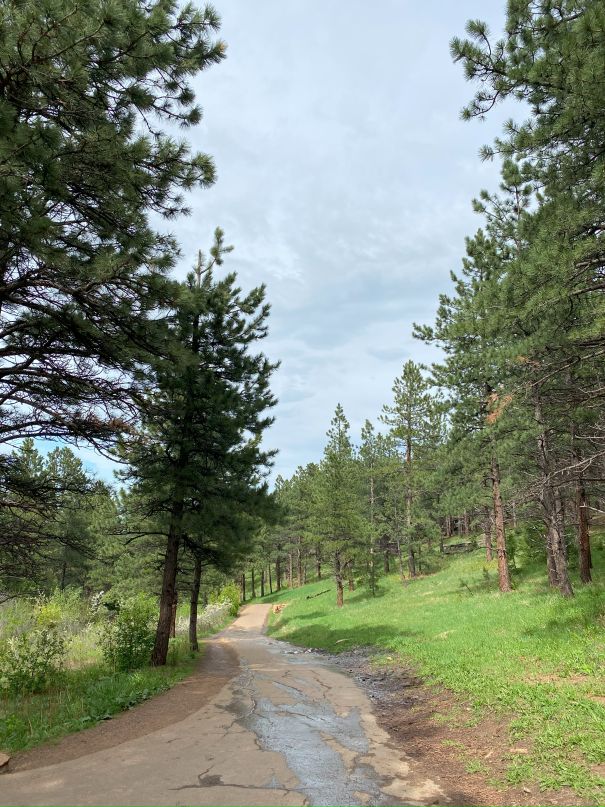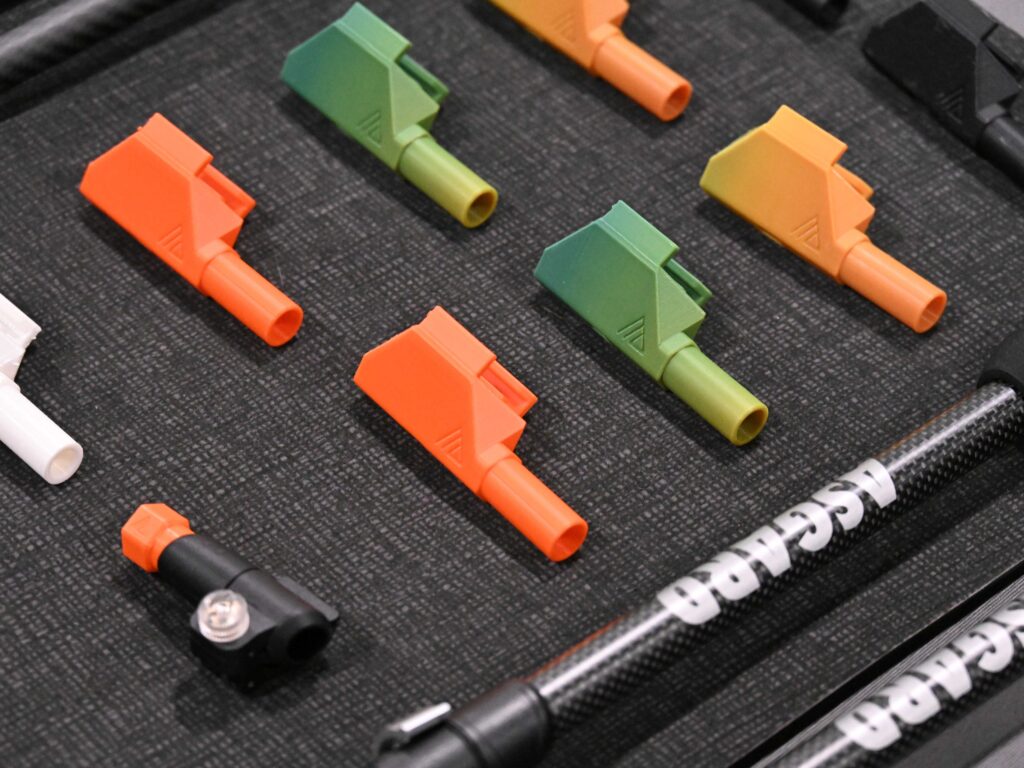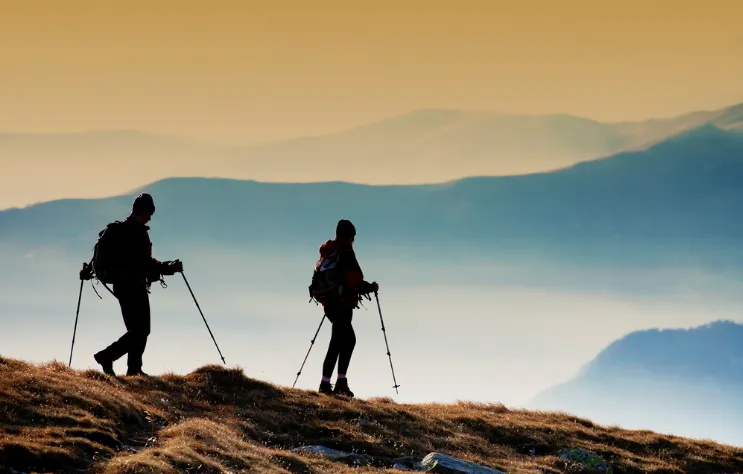“Trekking poles” are a divisive topic among hikers, with some swearing by them, claiming they make trekking effortless, while others believe that they’re just extra baggage. Many hikers believe they protect the knees and help conserve energy, while others insist they’re nothing more than an unnecessary accessory.
As an experienced hiker, I have walked all kinds of terrain, from steep climbs to muddy trails, and I always take my trekking poles with me when I hike.
So, are they really worth it? Will trekking poles really protect our knees and save a lot of effort? Let’s find some research to see if we can verify whether trekking poles have these benefits.
Of course, there are other uses that are situation-specific and might not be for everyone—for example, probing soft or spongy ground or serving as a pitching pole for a non-freestanding tent.
Building on that, since the total amount of work done in carrying weight when walking is the same, the hypothesis that trekking poles save effort or energy needs a closer research. While the total amount of work to move your body and gear remains the same, trekking poles redistribute this work, allowing the upper body to take on some of the load.
Whether or not they help you hike farther really depends on the individual and their upper body strength. Used incorrectly, though, they can definitely add to upper body strain and make your hike more tiring.
Simply put, trekking poles allow the triceps, deltoids, back, and other muscles of the upper arm to bear some of the load otherwise carried by the legs.
The greater the effort of the upper body, the lighter the legs feel—but this doesn’t necessarily mean overall energy is conserved. Many have tried to quantify this phenomenon, and none have been able to conclusively prove that the use of trekking poles reduces overall energy expenditure. There are simply too many variables at play, with wind speed and the type of terrain being just a couple.
So, while the basics of hiking involve moving weight over a distance, practically speaking, the greatest benefits of trekking poles are balance and ground assessment—anyone who has ever hiked on uneven trails can attest to this. Well-designed trekking poles will significantly reduce the risk of injury on uneven or slippery trails.
In terms of knee protection, trekking poles help primarily by reducing the stress on the knees over time. Their effectiveness depends on factors like the steepness of the slope, leg muscle strength, and walking style, particularly when going downhill, uphill, or carrying a heavy pack. They do provide some relief, but mainly for long-distance or heavy-load trekkers.
Choosing the Best Trekking Poles: Why Material Matters
Alright, so we’ve talked about how trekking poles can really make hiking safer, more stable, and use upper limb strength to make legwork easier.
However, I often get asked a common question: what kind of trekking poles are best? As you see, there are many options out there – aluminum, aluminum alloy, even bamboo (talk about old-school style!), but in my experience, and I’ve tried quite a few myself, the material really makes a difference in any way.
Think about it, especially in wild when the trail gets difficult to walk, these poles will become your close buddy, You want strong hand to help you, right? Also, you don’t want to carry extra weight on an adventure. That’s the moment when carbon fiber will play its part.
Now, I might be a little biased here, but honestly, for serious hikers, carbon hiking pole are the most suitable. They offer an incredible strength-to-weight ratio. I remember one particularly grueling hike in the Chautauqua Park(CO, Boulder); I went up the mountain, the kind where every extra ounce feels like a ton, every step felt like wading through syrup.
My carbon hiking pole felt so light, yet they were rock solid when I needed them on some pretty gnarly uphill sections.
Now let’s compared aluminum poles, carbon fiber reduces swing weight, it sounds like a small detail, I know, but over miles and miles, the difference will add up little by little. Your arms won’t tire out as quickly, so you can keep your step, making the hike feel more enjoyable.
Oh, by the way, carbon fiber has a natural dampening effect. Remember those shocks when your pole hits a rock? Carbon fiber is able to absorb some of that shock, which can be kinder to your wrists and elbows over long distances. It’s like a tiny hug for your joints with every step.
My Recommendation: Carbon Fiber Trekking Poles
So, yeah, for my own adventures, and for anyone who’s looking to get the most benefit from their hikes, I highly recommend considering carbon fiber trekking poles. They’re light, durable (aluminum alloy stronger. From the perspective of materials science) but hey carbon has own benefit.
If you’re looking for trekking poles, well, you know what? I’ve been using our own brand of carbon fiber poles for quite a while now, putting them through all sorts of conditions, and honestly, I’ve been really impressed (take a quick look at our carbon fiber trekking poles) .
Conclusion: Are Trekking Poles Right for You?
Trekking poles aren’t for everyone, but their benefits are hard to ignore: better balance, reduced knee stress, and a shared workload between legs and arms. Research backs this up, and my own treks confirm it. While they won’t save overall energy, they make tough hikes safer and more manageable. For challenging terrain or long adventures, carbon fiber trekking poles could be your edge. So, next time you hit the trail, ask yourself: why not give them a shot? You might wonder how you ever hiked without them.











